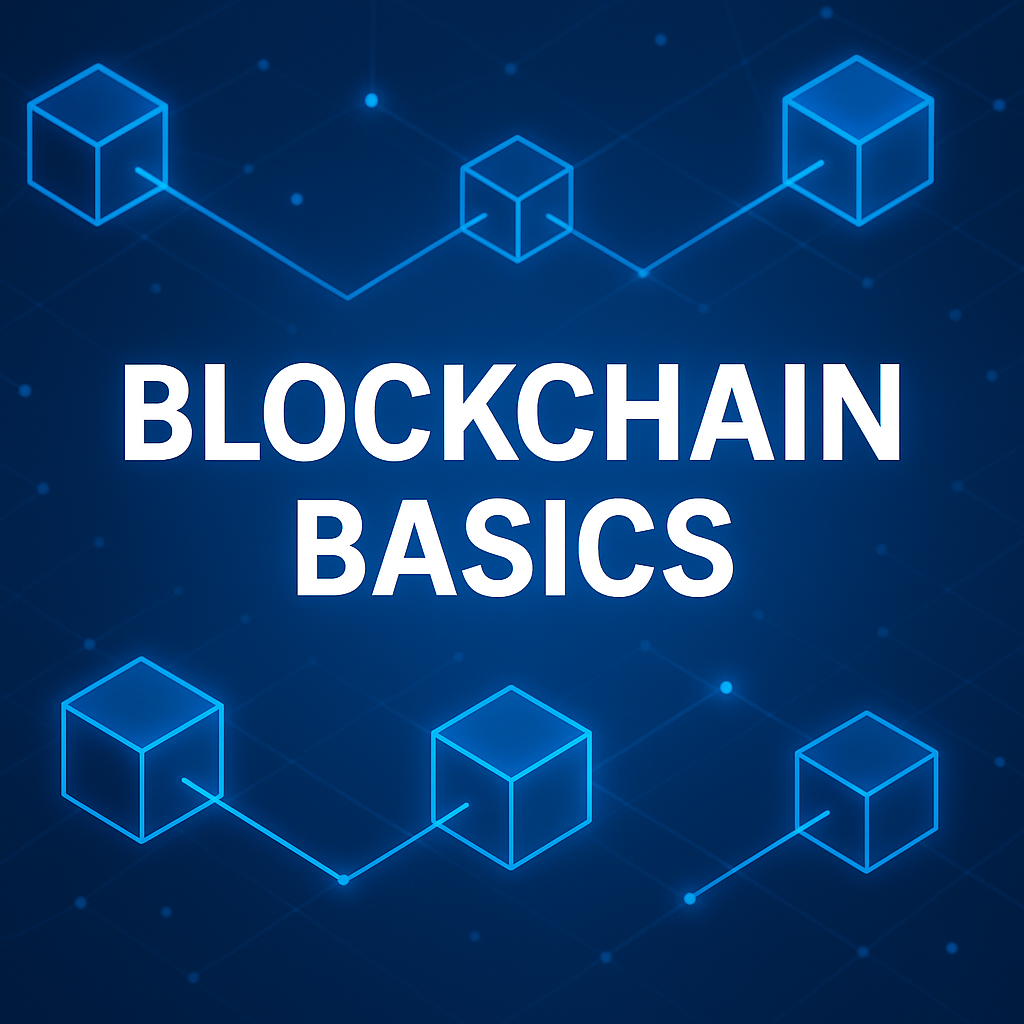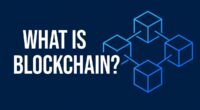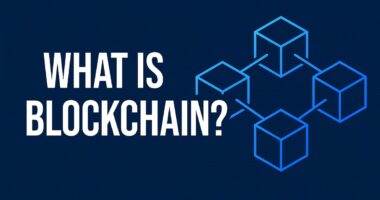Blockchain Basics: How the Technology Works

Blockchain basics can seem complex at first. However, the core idea is simple: a blockchain is a shared database that stores information in blocks and links those blocks in order. Because many computers hold the same copy, no single party can easily change the data. As a result, the system stays transparent and trustworthy.
What Makes a Block?
Every block contains three key parts:
- Data: Transactions, records, or actions from an application.
- Hash: A unique digital fingerprint created from the block’s contents.
- Previous hash: The fingerprint of the block before it, which links the chain.
If someone tries to edit an old block, its hash changes. Consequently, every later block stops matching. This visible break alerts the network that something is wrong.
Nodes and the Distributed Ledger
A blockchain runs on a network of computers called nodes. Each node stores the ledger and follows the same rules. When new data arrives, nodes check it independently. If most nodes agree the data is valid, they add it to the chain. Thanks to this process, the ledger does not rely on a single administrator.
Consensus: How the Network Agrees
Blockchains need a fair way to decide which block is next. Two common methods are:
- Proof of Work (PoW): Miners compete to solve a puzzle. The winner adds the block and earns a reward. PoW is secure but energy-intensive.
- Proof of Stake (PoS): Validators lock up (stake) coins. The system selects a validator to propose the next block. PoS uses far less energy and is now common on modern chains.
Both methods prevent a single user from taking over. In other words, consensus keeps the ledger honest.
Public vs. Private Blockchains
Public blockchains (for example, Bitcoin and Ethereum) allow anyone to join, read data, and verify activity. They are highly transparent. Private or permissioned blockchains restrict access to approved members, which can improve speed and privacy for business use cases. Therefore, the right choice depends on your goals.
Why These Basics Matter
- Security: The chain structure and consensus make unauthorized changes difficult.
- Transparency: On public networks, anyone can verify the ledger.
- Integrity: Hash links reveal tampering immediately.
- Programmability: Smart contracts can automate rules and payments.
Simple Example
Imagine a shared spreadsheet where each row is locked once it’s written. Furthermore, each new row contains a reference to the previous one. If someone edits row 5, rows 6 and onward no longer match. The mismatch exposes the change. A blockchain works in a similar way, but with stronger cryptography and many independent computers checking the rules.
Common Use Cases
- Payments: Faster cross-border transfers without traditional intermediaries.
- Supply Chains: Track products across factories, shippers, and stores.
- Identity: Give users more control over their credentials and logins.
- Tokenization: Represent tickets, loyalty points, or assets on-chain.
Limitations to Keep in Mind
Of course, blockchains are not perfect. Throughput can be limited, fees may rise during busy periods, and poor smart-contract code can create risks. Even so, newer designs—such as rollups and sharding—aim to improve speed and lower costs.
Learn More
Start with our intro: What Is Blockchain?. Then, explore next steps:
- Smart Contracts Explained — how apps automate trust.
- Blockchain vs. Traditional Databases — when to use which.
For an external primer, see
IBM’s overview of blockchain basics.
FAQ
What problem does blockchain solve?
It lets people who do not fully trust each other share a database safely, without a single administrator.
Is blockchain the same as cryptocurrency?
No. Cryptocurrency is one application of blockchain, but the technology can secure many other kinds of data.
Which is greener: PoW or PoS?
Generally, Proof of Stake uses far less energy than Proof of Work.
Conclusion
To sum up, blockchain stores data in linked blocks, shares the ledger across many computers, and uses consensus to stay honest. Because of these basics, the technology offers transparency, security, and integrity. As tools improve, more real-world apps will follow.


1 comment
Nice